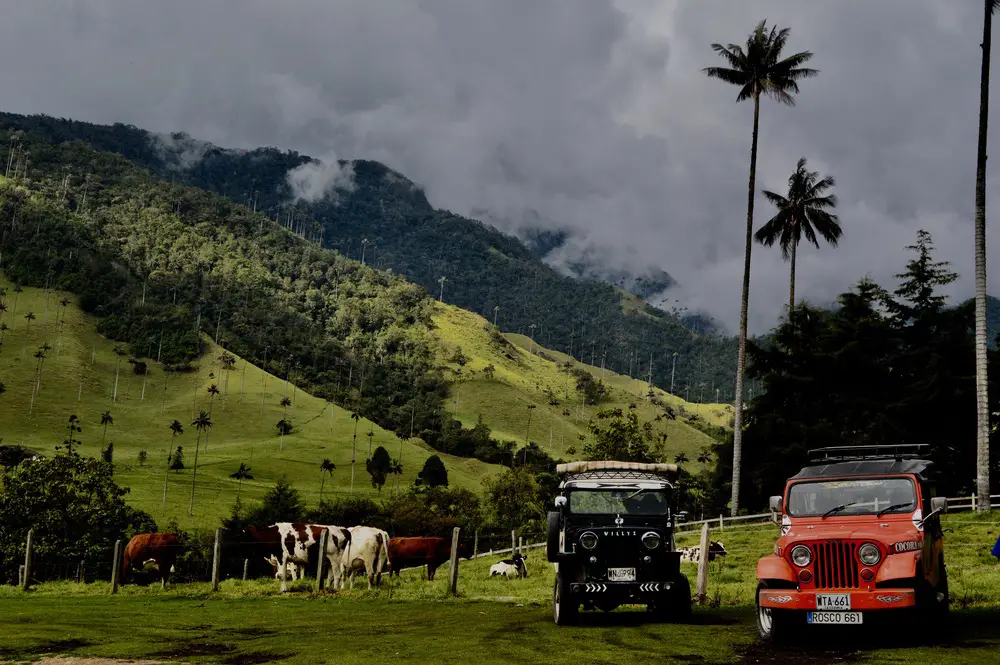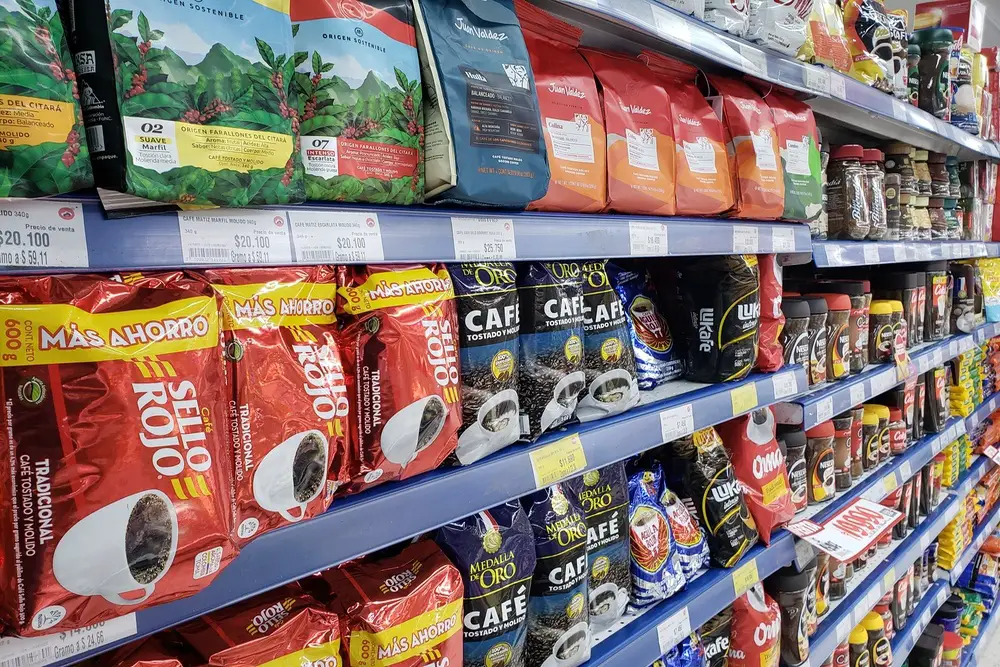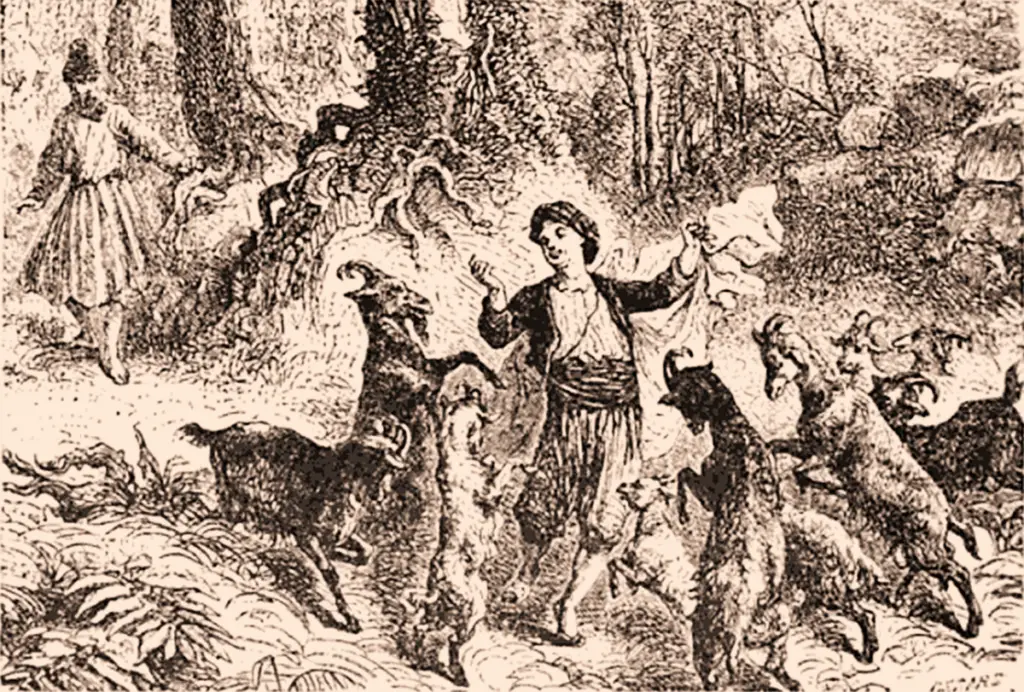Australians are particularly proud of their good coffee. The ritual of drinking coffee is firmly established in Australia. Almost every encounter starts with a cup of coffee, whether it’s a date night, even a meeting with a best friend.
Australia has undoubtedly found the perfect balance between quality and coffee culture and boasts some of the best baristas in the world.
The obsession with product and presentation, coupled with the relaxed, modern style of Australian coffees, is an attractive combination that has been emulated by coffee cultures around the world.
Table of Contents
Australian coffee culture
Coffee in Australia isn’t about quantity, it’s about quality. Australian coffee is considered one of the best in the world. Australians can’t stand bad coffee and will often drive past a nearby coffee shop to enjoy their morning coffee at their favorite cafe. It also means that low-quality coffeeshops don’t stand a chance. So far, global coffee chains have not been able to gain a foothold in Australia.
Australians take their coffee seriously, but the experience is relaxed. They encourage the use of local produce, which has prompted Australia’s cafe and restaurant scene to use what is available locally.
Coffee was first grown in Australia in the late 19th century, but production declined and the market declined until a new coffee culture emerged around the world in the 1980s and 1990s.
Grown in Far North Queensland, producing primarily high-quality Arabica beans on a relatively small scale, the beans are ideally suited to Australia’s quality coffee culture. Most premium coffees feature local beans that are lightly roasted to reveal the subtle fruity notes typical of the region.
Cultural Contributions
Australians were instrumental in bringing their independent and sophisticated style of coffee-making to North America, and most notably the UK. While parts of Europe maintain their own coffee traditions, other countries looking to expand and refine their coffee culture have adopted the Australian model.
Failure of Starbucks business in Australia
You can find a Starbucks coffee shop almost anywhere in the world, but there aren’t that many in Australia. That’s because the company closed more than 70 percent of its unprofitable locations in 2008, leaving just 23 Starbucks stores across the continent.
Despite Australians’ love of coffee, the Seattle-based chain hasn’t been as successful in Australia as it is in other countries. Starbucks opened in Australia in 2000 and had nearly 90 locations by 2008.
Starbucks was not to Australians’ tastes. The company offered sweeter coffee varieties than Australians preferred and was also more expensive than local coffee shops.
In the first seven years of its existence in Australia, Starbucks lost $105 million and had to close 61 stores.
But Starbucks hasn’t given up in Australia just yet. Since the 2008 closures, the company has slowly begun opening more locations across the country. There are now 39 locations in the Brisbane, Melbourne, Gold Coast and Sydney regions catering to tourists visiting these parts of the country.
The hallmark of Australian coffee
The best example of Australian coffee is the Flat White. It’s basically a milder cappuccino, not as intense as an espresso, but not as “milky” as a latte either.
While a classic cappuccino is made up of layers of espresso, steamed milk, and foam, a flat white is simply an espresso with steamed milk poured straight in, with the milk supporting the espresso rather than covering it.
However, its actual origin remains a matter of debate. New Zealand, one of Australia’s main competitors in the coffee industry, claims to have invented it. The two countries are “enemy” and both have their own taste.
Coffee cultivation in Australia
Australia grows its own Arabica beans. Coffee plantations can be found in northern Queensland and also in southern New South Wales. The warm climate and the presence of volcanic rock provide favorable conditions for the growth and thriving of coffee plants.
The cultivated beans are characterized by a slightly nutty aroma, a sweet taste and a medium body. In addition, since there are no serious threats to the coffee plants, coffee farmers can mostly grow organically and avoid the use of pesticides.
History of Coffee in Australia
Coffee first entered Australian culture in the 1920s with the influx of Russian refugees, some of whom opened small shops selling coffee beans for home use. However, it was a wave of Italian immigrants during World War II that inspired the current style of coffee culture in Australia.
The Gaggia espresso machine revolutionized the coffee industry as it allowed for a stronger and smoother coffee drink with cream on the coffee. As a result, from the start, Australians didn’t drink regular coffee, but rather espresso.
Australians embraced the romantic Italian coffee culture, but without the shackles of history and tradition, they were free to evolve and move forward with the emergence of new products and trends.
Coffee culture took off successfully in Australia and served as a means to socializing in Melbourne. However, in 1951, coffee was much more expensive than tea. The gentrification of inner-city suburbs eventually helped promote coffee culture.
The 1956 Olympics strengthened the role of cafes as cultural centers and they became the center of bohemian Australian nightlife.
In the 1960s, the customers of the cafés were bohemians, young people and immigrants. And over time, the high standard of living in Australia has meant that drinking coffee has become a social experience that draws a wide variety of people. It was then that the industry developed into a competitive industry and as Australia embraced the coffee culture, the culture embraced the Australian way of life and made it what it is today.
In the 2000s, the independent coffee shops began to compete with the world and overtook coffee shops in other countries.
Coffees are still an important part of the social fabric today and have developed a quality and sophistication that are now imitated around the world.
How Australians drink coffee
Australians drink their coffee like an espresso. Coffee is brewed individually after ordering, and the baristas expect customers to take their time to enjoy their coffee. The coffees served in Australian coffee shops are smaller and quite strong.
Most Australians like it plain, they like Long Black (Lungo) or Flat White. Other popular types of coffee are latte and mocha.
The Australian coffee industry is more focused on specialty and third generation coffees. They also value the entire process of making coffee, from seed to cup.
Melbourne – Australia’s largest coffee center
Melbourne is considered the largest coffee center in the country. Coffee in Melbourne isn’t just about espressos and flat whites. It’s the center of beautiful latte art and known for being home to the best baristas in the world.
If you don’t prepare a latte properly, the coffee will not only look bad, it will also taste bad. Because if the milk is not frothed perfectly, it could burn or not be smooth and silky, affecting the taste of the coffee. And if it’s not frothed up properly, it spoils the whole experience of the perfect latte.
Since most cafes are independent, owners and baristas have time and space to be creative.
Conclusion
Drinking coffee is an essential part of everyday life for Australians. They value the quality of the beans, the variety, the roast, and they take the time to brew coffee or enjoy it at their favorite cafes.
Australian coffee culture is very rich and there is no doubt about its success and popularity around the world. The coffee scene is so good that even Starbucks can’t keep up. You will find first-class coffees on almost every corner.



